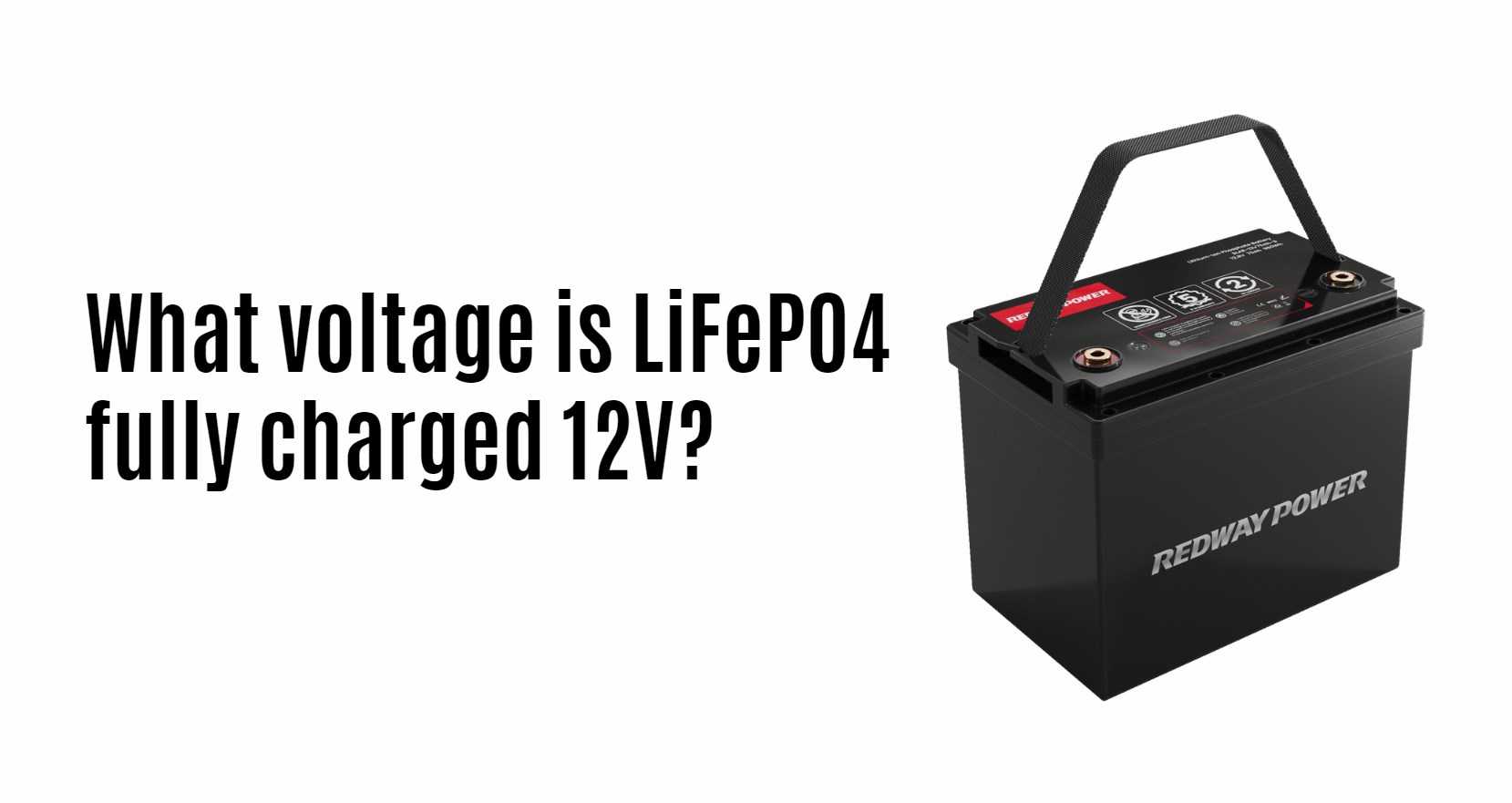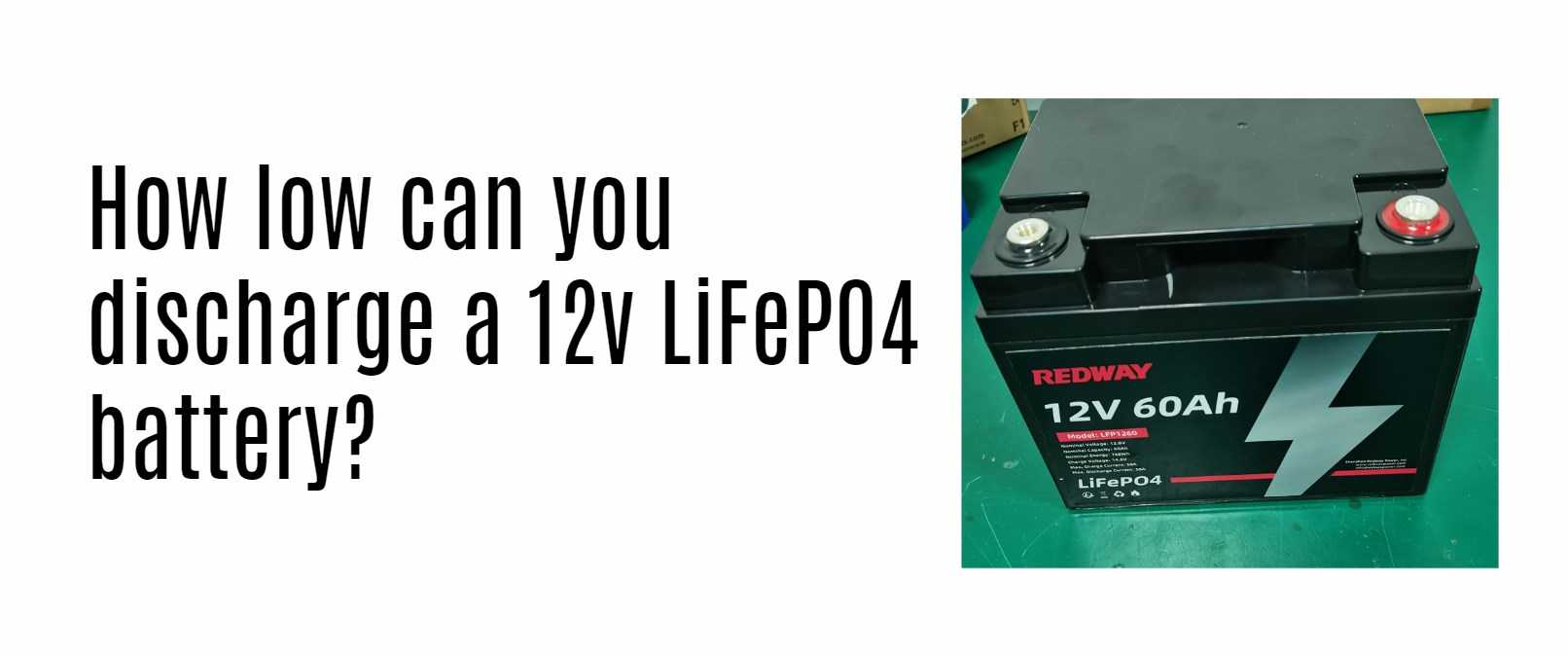Understanding the charging characteristics of Lithium Iron Phosphate (LiFePO4) batteries is essential for anyone using these advanced energy storage solutions. One common question among users is, “What voltage indicates that a 12V LiFePO4 battery is fully charged?” In this article, we will explore the optimal charging voltage for 12V LiFePO4 batteries, the implications of charging at this voltage, and best practices for battery maintenance.
Charging Characteristics of LiFePO4 Batteries
LiFePO4 batteries have unique charging characteristics that differentiate them from other lithium-ion chemistries. When fully charged, a 12V LiFePO4 battery typically consists of four cells in series, each with a nominal voltage of 3.2 volts.
Fully Charged Voltage
- Fully Charged Voltage: The fully charged voltage for a 12V LiFePO4 battery is approximately 14.6 volts. This value is derived from the maximum voltage of each cell when fully charged:
- 3.6 to 3.65 volts per cell × 4 cells = 14.4 to 14.6 volts.
Importance of Proper Charging Voltage
Maintaining the correct charging voltage is crucial for several reasons:
1. Safety
-
Preventing Overcharging: Charging beyond the maximum voltage can lead to overheating and thermal runaway, which poses significant safety risks.
-
Battery Integrity: Consistently overcharging can damage the internal structure of the battery, leading to reduced lifespan and performance.
2. Longevity
- Cycle Life Extension: Properly managing the charging voltage can extend the cycle life of LiFePO4 batteries significantly, often allowing for 3,000 to 5,000 cycles.
- Capacity Retention: Maintaining the correct voltage helps preserve the overall capacity of the battery over time.
Best Practices for Charging LiFePO4 Batteries
To ensure optimal performance and safety when charging your 12V LiFePO4 batteries, consider these best practices:
1. Use a Dedicated Charger
Always use a charger specifically designed for LiFePO4 batteries:
-
Smart Chargers: These chargers automatically adjust their output to maintain the appropriate voltage levels throughout the charging process.
-
Avoid Generic Chargers: Using chargers designed for other lithium chemistries can lead to improper voltage levels and potential damage.
2. Monitor Charging Conditions
Regularly check your battery during charging:
-
Voltage Monitoring: Use a multimeter or a Battery Management System (BMS) to monitor the voltage levels and ensure they remain within safe limits.
-
Temperature Checks: Keep an eye on temperature levels during charging; excessive heat can indicate overcharging or malfunction.
3. Follow Manufacturer Guidelines
Always adhere to guidelines provided by your battery manufacturer regarding optimal charging voltages and currents:
- Each battery model may have specific requirements that should be followed for optimal performance.
Data Chart: Voltage Levels for 12V LiFePO4 Battery Charging Stages
| Charge Stage | Voltage Level (V) |
|---|---|
| Bulk Charge | Up to 14.6 V |
| Absorption Charge | 14.2 V – 14.6 V |
| Float Charge | 13.2 V – 13.6 V |
FAQs About Charging LiFePO4 Batteries
What happens if I exceed the recommended charging voltage?
Exceeding the recommended charging voltage can lead to overheating and potential damage to the battery cells, reducing their lifespan.
How long does it take to charge a 12V LiFePO4 battery?
Charging time varies based on capacity and state of charge but typically ranges from several hours to overnight with an appropriate charger.
Can I use my existing lead-acid charger with my LiFePO4 battery?
No, lead-acid chargers are not suitable for LiFePO4 batteries due to different charging profiles and voltage requirements.
Latest News on Lithium Battery Technology
Recent advancements in lithium battery technology focus on improving efficiency and safety features:
- Researchers are developing new materials that enhance energy density while maintaining safety standards.
- Innovations in recycling processes aim to recover valuable materials from used lithium batteries, contributing to environmental sustainability efforts.
Conclusion
In conclusion, a fully charged 12V LiFePO4 battery typically reaches a voltage of approximately 14.6 volts. Maintaining this optimal charging voltage is vital for ensuring safety, extending lifespan, and maximizing performance. By following best practices and utilizing dedicated chargers designed specifically for LiFePO4 technology, you can ensure your batteries operate efficiently and reliably.For customized lithium solutions tailored specifically to your needs—whether for automotive applications or renewable energy systems—contact Redway Battery today for a quick quote!





